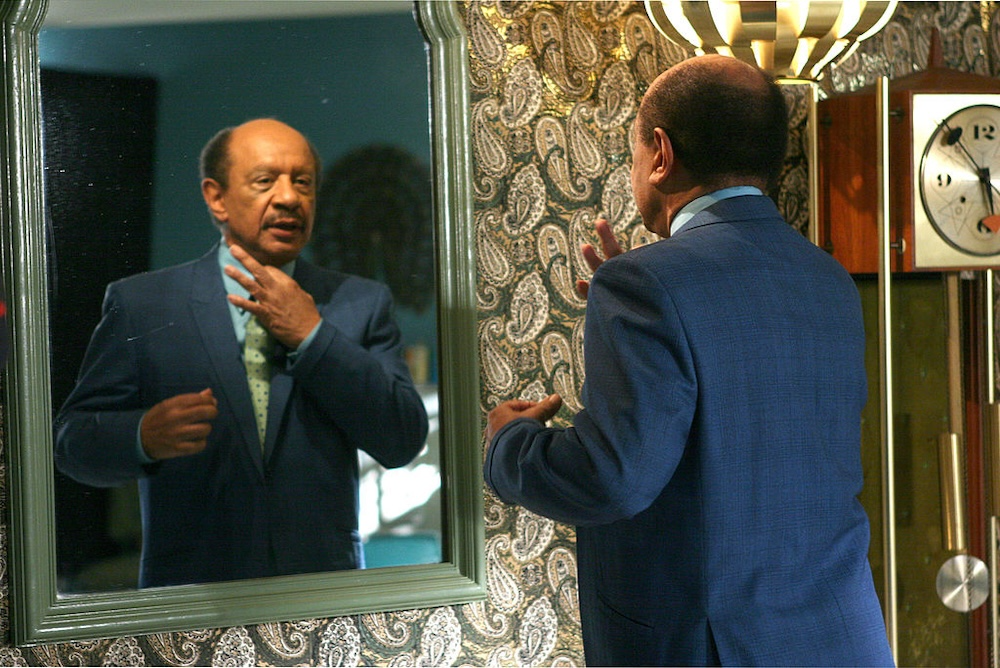
Television lost a number of people this past month who made significant contributions to the industry over the past six decades.
The recently passed actor Sherman Hemsley and director-writer-producer William Asher had a profound impact on TV — just as much as Andy Griffith, who died at the beginning of the month.
But concentration on those two shouldn’t cause oversight of Tom Davis, an Emmy-winning “Saturday Night Live” writer who co-created the Coneheads, who died July 19; Chad Everett, star of the 1970s “Medical Center,” who died Tuesday; and Ernest Borgnine, the legendary movie star and star of several TV shows, movies and miniseries, who died July 8.
All three deserve a rightful place in TV history.
Sherman Hemsley
Need a break? Play the USA TODAY Daily Crossword Puzzle.
For 12 years, Sherman Hemsley portrayed the short, rude and bigoted George Jefferson on “All in the Family” and for 11 seasons on its spin-off series “The Jeffersons.”

“The Jeffersons,” which featured George, wife Louise (Isabel Sanford) and son Lionel (Mike Evans and later Damon Evans), was a landmark in television. TV shows with an African-American cast were sparse. “Julia,” in which Diahann Carroll portrays a single mother, was unrealistic with its urban setting, and “Good Times,” about a poor/working-class family, was all about race and urban life.
Unlike its sister shows “All in the Family,” “Maude” and “Good Times,” “The Jeffersons” relied on character interactions instead of hot political topics to drive the series. It’s an African-American family that you look past and forget their color.
Many episodes, especially early episodes, featured George making race jokes since the neighbors, the Willis’, are an interracial couple (also a TV breakthrough), but overall, the Jeffersons are just like any other TV couple. Race doesn’t play a key role unless the plot demands it — such as its powerful KKK episode.
Delivery: Daily
While “Sanford and Son” also downplayed race, “The Jeffersons” reflected the traditional TV setting with an upper-middle class family living in New York’s upper West Side. The show portrayed a successful, self-made African-American family, and George Jefferson’s attempts to fit in with high society are classic.
Hemsley was typecast as George Jefferson following the show’s canceleation. His later works included “Amen,” which he portrayed a George-like character.
Hemsley died on Tuesday at age 74.
William Asher

William Asher was a writer and director who remains one of the most important behind-the-camera people in the first decades of television.
In the 1950s, he developed short stories for TV anthologies and directed a pilot that would become the early TV favorite “Our Miss Brooks.” He later went onto another young comedy struggling to find its stride: “I Love Lucy.”
If you know the show, you’re probably familiar with his first episode, “Job Switching,” which features Lucy and Ethel at the chocolate factory. Asher went on to direct more than 100 episodes of the series. He helped the show find its rhythm (a reason some of those early episodes don’t hold up quite as well) and with it, he set the foundation for all sitcoms to follow.
Asher worked with many names of the first Golden Age of Television, directing shows such as “Make Room for Daddy,” “The Donna Reed Show,” “The Patty Duke Show” and “The Lineup.”
In 1963, Asher created “Bewitched,” one of the brilliant sitcoms from the 1960s. The series had an array of delightful supporting characters and hilarious plots of two cultures — mortal and magic — attempting to coexist in a household.
